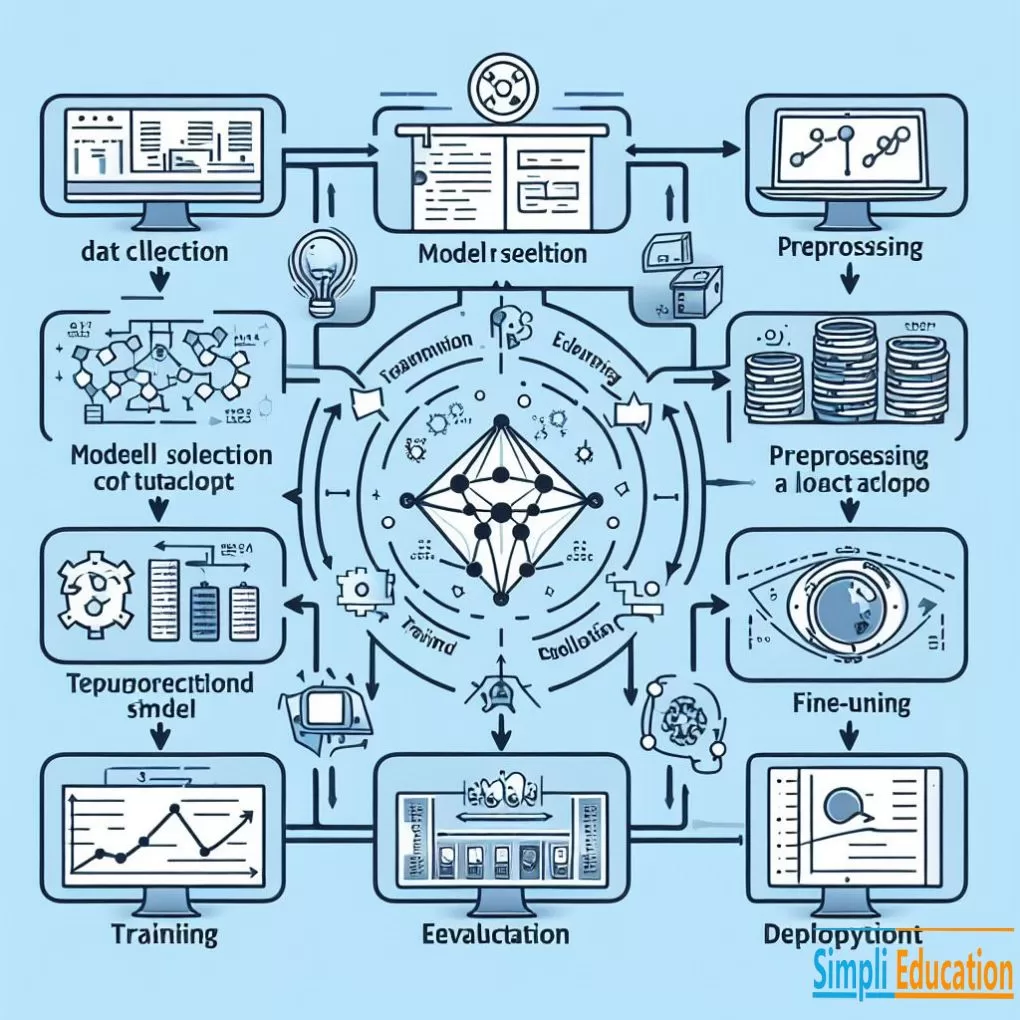Machine learning works by enabling computers to learn from data and make predictions or decisions without being explicitly programmed for each specific task. Here’s a simplified overview of how it works:
1. **Data Collection:** The first step in any machine learning project is to gather relevant data. This data could come from various sources such as databases, sensors, or the internet.
2. **Data Preprocessing:** Once the data is collected, it often needs to be cleaned and prepared for analysis. This involves tasks like removing duplicates, handling missing values, and scaling or normalizing the features.
3. **Feature Extraction/Selection:** In many cases, not all the data collected is relevant for the machine learning task at hand. Feature extraction or selection involves choosing the most important features that will be used to train the model.
4. **Choosing a Model:** There are many different types of machine learning models, each suited to different types of tasks and data. Common types of models include decision trees, support vector machines, neural networks, and more.
5. **Training the Model:** With the chosen model and prepared data, the training process begins. During training, the model is presented with input data along with the corresponding correct output (in supervised learning). The model adjusts its internal parameters to minimize the difference between its predictions and the true outputs.
6. **Evaluation:** Once the model is trained, it needs to be evaluated to assess its performance. This is typically done using a separate dataset that the model hasn’t seen before. Metrics such as accuracy, precision, recall, or others are used to evaluate how well the model generalizes to new data.
7. **Fine-Tuning:** Based on the evaluation results, the model may need to be fine-tuned by adjusting hyperparameters or trying different algorithms to improve its performance.
8. **Deployment:** Once the model is trained and evaluated satisfactorily, it can be deployed to make predictions or decisions on new, unseen data. This could involve integrating the model into software applications, websites, or other systems.
9. **Monitoring and Maintenance:** After deployment, it’s important to monitor the model’s performance over time and update it as needed. This could involve retraining the model with new data or making adjustments to account for changes in the environment.
Overall, machine learning is an iterative process that involves collecting and preparing data, choosing and training a model, evaluating its performance, and deploying it for real-world use.
Certainly! Let’s simplify it further:
1. **Input Data**: Imagine you’re teaching a friend how to recognize different fruits. You show them various fruits like apples, oranges, and bananas.
2. **Learning from Examples**: Your friend looks at the fruits and learns their characteristics. For example, apples are usually red or green, oranges are orange, and bananas are yellow.
3. **Generalizing Patterns**: Your friend starts to notice patterns. They understand that round, red or green fruits are likely apples, orange fruits are oranges, and elongated yellow fruits are bananas.
4. **Making Predictions**: Now, if you show your friend a new fruit, they can make a guess based on what they’ve learned. If it’s round and red, they’ll predict it’s likely an apple.
In machine learning terms:
– **Input Data**: This is your training data, like pictures of fruits labeled with their names.
– **Learning from Examples**: The machine learning algorithm analyzes the data to identify patterns and relationships.
– **Generalizing Patterns**: The algorithm generalizes from the examples to make predictions or decisions about new, unseen data.
– **Making Predictions**: When presented with new data, the model uses the patterns it learned to make predictions or decisions, like identifying a fruit in a picture.
So, in essence, machine learning is like teaching a computer to recognize patterns in data so it can make predictions or decisions about new data based on what it learned from previous examples.



